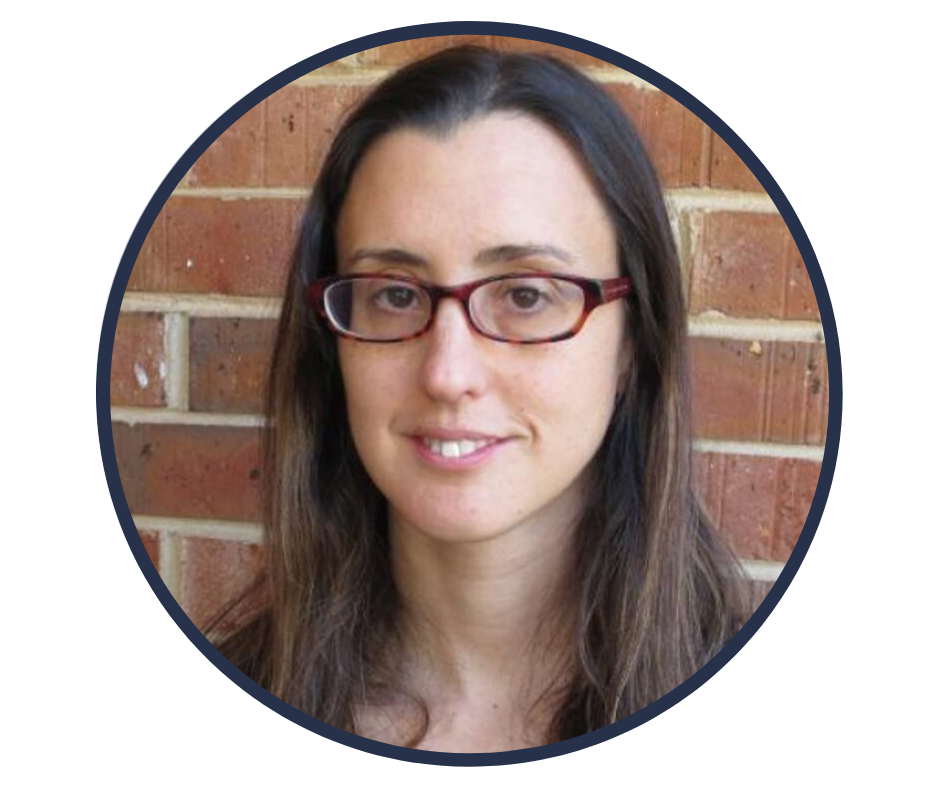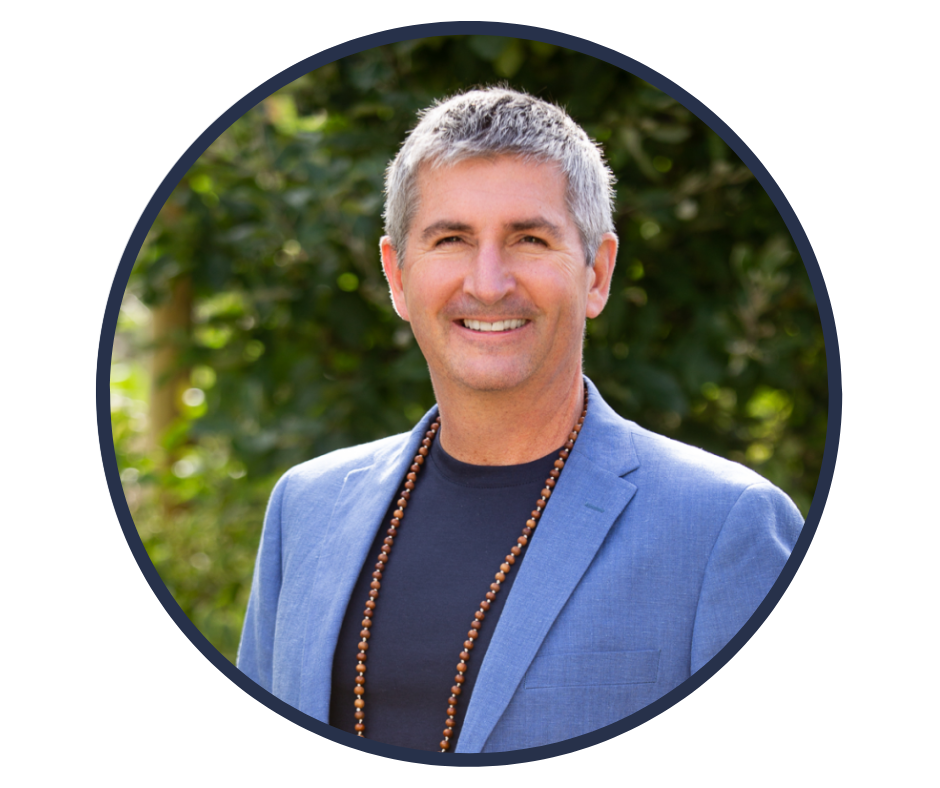Yoga and Science in Pain Care - The Power of the Mind
By: Dona Watts-Hutchings, BMR-PT 300hrAYTT ∙ Estimated reading time: 5 minutes
By: Dona Watts-Hutchings, BMR-PT 300hrAYTT ∙ Estimated reading time: 5 minutes
This is the 9th blog post in a series based on the Yoga and Science in Pain Care Book Club, a 15-part course based on the book by the same title, by Neil Pearson, Shelly Prosko, and Marlysa Sullivan. You can find the blogs corresponding to Chapter 1, Chapter 2, Chapter 3, Chapter 4, Chapter 5, Chapter 6, Chapter 7, and Chapter 8.
The power of the mind
“How can we imagine or change something in our mind and it affects our pain experience?’’
This is just one of the thought-provoking questions and ideas to discover in Chapter 9 of the book “Yoga And Science In Pain Care: Treating The Person in Pain.”
This chapter and the accompanying online course through Embodia is titled, Body Awareness, Bhavana and Pratyahara.
The author, Lori Rubenstein Fazzio, weaves ancient yogic wisdom with both anecdotal and empirical evidence in yoga and pain science. As physiotherapists and yoga therapists working with patients in pain, we can benefit greatly from the information that Rubenstein Fazzio presents.
Describing herself as "science-driven”, Rubenstein Fazzio’s curiosity and research into persistent pain and visualization are compelling. She initially became inquisitive as to how imagery practices could take away chronic pain when in only one therapy session she had with a shamanic practitioner, her chronic pain of many years disappeared.
Evolving from the thinking of neuroplasticity to psychoneuroimmunology, Rubenstein Fazzio’s research in pain science uncovers that “changes occur in the whole body not just the brain” and that “thoughts and emotions affect our physiology.”
Check out Yoga and Science in Pain Care
Chapter 9: Body Awareness, Bhavana and Pratyahara
Breaking down Sanskrit terminology
Bhavana
Simply put, bhavana is visualization, creating an image or idea in the mind’s eye.
Pratyahara
Pratyahara is the fifth limb of Raja yoga and can be defined as “gaining mastery over external influences.” Pratyahara has us ‘look within’ to experience our thoughts, emotions, and internal sensations but without reactivity. This ultimately takes much practice and is the crux of this chapter of exploring mindful ways to reduce the experience of persistent pain. Rubenstein Fazzio further clarifies, “Pratyahara is often misunderstood as suppression of the senses.” Whereas it is not suppression of the senses, but rather the decreased reactivity to them and the result of inward focus.
Body awareness
Body awareness as defined by Rubenstein Fazzio for this chapter is “the subjective, phenomenological aspect of proprioception and interoception that enters conscious awareness, and is modifiable by noted mental activities.”
The perceptions we have in our minds have a “profound effect” on our physical, emotional and mental state. Body awareness is maladaptive or adaptive as described by Rubenstein Fazzio. Chronic pain is maladaptive and can be described as a hypervigilance that is constantly being evaluated in a negative light. We may jump to catastrophic conclusions and create a cycle of mental, emotional and physical tension which in turn can make the experience of pain maladaptive.
The Virtual MRI Practice
Rubenstein Fazzio addresses that more pratyahara practices need to be integrated into the world of yoga therapy such as those that are quite extensive and available in pranayama teachings. Her development of the ‘Virtual MRI’ is such a practice. I found this visualization practice powerful and intriguing. It is designed to cultivate a change in mental awareness and then practically bring it into the body to decrease pain. She points out that this process can also help to better understand the patient's experience of pain which is often the result of an altered body schema.
The Virtual MRI Practice with Lori Rubenstein Fazzio
Key takeaways
A key takeaway here, and emphasized by Rubenstein Fazzio, is that this process is the client’s “own thinking and imagery” versus being guided or prompted by the therapist. This is an extremely important point - we let the client drive their experience. As therapists we do not give specific imagery because it could potentially be triggering or traumatizing for patients based on their own life experience. Somatic experiences such as crying and shaking may happen and can be surprising or upsetting to the patient. Our role is to continually support the patient through discomfort and guide them towards increased comfort and self regulation. We can provide a safe environment for patients to reacquaint with their bodies and observe sensations with open, non-judgmental minds. It is also our professional responsibility to refer to appropriate practitioners such as psychologists if a patient needs added support in their healing process.
As yoga and physiotherapists supporting patients in pain, we must do our own practices for nervous system regulation in order to ‘hold space’ for clients. This is an invaluable skill I have learned through yoga. I am grateful as a physiotherapist that I can stay within my scope of practice and expand my skills in yogic wisdom and philosophy beyond my traditional medical education.
Being still, and undistracted is difficult for most people. Both the ‘monkey mind’ and pain avoidance behaviors are common. However, as Rubenstein Fazzio outlines, in order to change the pain, we have to be aware of it and be with it to change it. Essentially, we meet our discomfort to get out of the discomfort.
Practicing pratyahara is something we can all learn through patience, regular yoga practice and with the guidance from experienced yoga therapists such as Rubenstein Fazzio. It was an absolute ‘aha’ moment for me when I learned that doing physical yoga postures was ultimately for the ability of being able to sit longer in meditation. It was this awareness that brought me deeper into the study and practice of yoga.
If we can learn to slow down, cultivate stillness, stay present, and listen to our bodies with compassion, the true inner healing capabilities that we all possess can perhaps be discovered.
Years ago I had a profound experience with visualization and I will never forget the power, comfort and ultimate healing lessons it brought me. I had developed a bowel obstruction one year after a surgical hernia repair. Scar tissue was deemed the problem. It was the most intense pain I had ever been through. VAS 10/10. Natural childbirth was a breeze in comparison. I was hospitalized and initially given morphine and a nasogastric tube. They wanted to do a bowel resection. I wanted to avoid surgery because I knew it would cause more scar tissue and have me back in the same predicament in the future. The surgeon actually agreed with me. I imagined a small furry pink ball. I would visualize putting it in my mouth, swallowing it and running it slowly through my entire digestive tract from end to end. It was warm, brightly lit, friendly, and it morphed its circular shape as needed along its course.
I walked out of that hospital one week later without surgery.
The mind is powerful.
Click here to learn more about Chapter 9
of Yoga and Science in Pain Care
or
Click here to view the complete series
References:
- Pearson, N., Prosko, S., Sullivan, M. (2019) Yoga and Science in Pain Care: Treating the Person in Pain. Jessica Kingsley Publishers
- Yoga and Science. In Pain Care: Chapter 9 online course Feb 2021. Embodia.
---
Date published: 5 December 2023
Date updated: 5 July 2024

BMR-PT 300hrAYTT
Dona is a licensed physiotherapist, yoga teacher and clinical pilates instructor with over 25 years of clinical experience. Dona integrates all aspects of movement, mindfulness and pain science with her clients in both individual therapy sessions and small group classes. Dona brings compassion and kindness into her clinical practice and assists clients who experience injury, chronic pain and inactivity to move and function as best possible. Shifting her clinical focus throughout the lifespan, Dona’s current area of interest and study is working with peri, post and menopausal women.
www.donawattshutchings.com @donawattshutchings

PT, DPT, MAppSc, C-IAYT
Yogachemmal Dr. Lori Rubenstein is a Clinical Professor of Yoga and Health at Loyola Marymount University(LMU) in Los Angeles where she teaches in the Yoga Studies Master of Arts and Post Graduate Certificate in Yoga Therapy programs and is the Clinical Director of Yoga Therapy Rx at LMU where she designed and implemented the first Yoga Therapy internship within an integrative medical clinic. She began her practice of Yoga over 25 years ago as a “spiritual seeker” and soon recognized the health benefits of these practices. A practicing physical therapist, yoga therapist, and meditation teacher, she is a lifelong student and practitioner of Yoga and compassionate care. She took her first Yoga teacher training in 2000 with Matthew Taylor and has since studied with many teachers including Larry Payne, Srivasta Ramaswami, Swami Veda and Richard Miller.
She leads an annual Yoga Therapy Journey to India for study at Kaivalyadhama and the Center for Yoga Therapy Education and Research with Dr. Ananda Bhavanani. Integrating her studies of Yoga, neuroscience, Somatic Experiencing and shamanic medicine, she developed a novel approach to pain care which proved to be effective in a pilot study she conducted with Dr. Ellen Langer at Harvard University. She contributed a chapter, “Body Awareness, Bhavana and Pratyahara” to Yoga and Science in Pain Care and is often highlighted in Yoga Therapy publications and news articles across the world. A frequent presenter at conferences, her research interests include neuroplasticity and the effects of awareness and subtle body practices on health, well-being and transformation. www.mosaicpt.com

MPT, C-IAYT
Marlysa is a physiotherapist and yoga therapist with over 15 years of experience working with people suffering with chronic pain conditions. She is an Assistant Professor in Yoga Therapy and Integrative Health Sciences at Maryland University of Integrative Health and holds an adjunct position at Emory University, where she teaches the integration of yoga and mindfulness into physical therapy practice in the DPT program. She is also the author of Understanding Yoga Therapy: Applied Philosophy and Science for Well-being and co-editor of Yoga and Science in Pain Care: Treating the Person in Pain as well as several peer-reviewed articles.
Marlysa has been involved in the professionalization of the field of yoga therapy through the educational standards committee of IAYT, which helped to define the competencies for the field, and in characterizing the yoga therapy workforce through research. Her research interests focus on defining the framework and explanatory model for yoga therapy based on philosophical and neurophysiological perspectives.

PT, C-IAYT, PCAYT
Shelly has been helping people recover and flourish since 1998 as a physiotherapist, yoga therapist, educator, author and pioneer of PhysioYoga, blending evidence-informed body-mind-breath-spirit-heart centered practices and principles, such as yoga, into physiotherapy with a focus on chronic pain, pelvic health, compassion in healthcare and professional burnout. She is on faculty at several therapy programs, presents at medical conferences globally, contributes to academic research and writing, provides classes, courses and resources for the general population, and offers continuing education courses and mentorship for professionals.
She considers herself a lifelong student and emphasizes the immense value gained from clinical experience and learning from those she serves, the professionals she teaches, and the colleagues with which she collaborates.
Shelly is the co-editor/author of the book Yoga and Science in Pain Care: Treating the Person in Pain and has authored numerous book chapters in a variety of rehabilitation textbooks.
She maintains a clinical practice in Sylvan Lake, Alberta and believes compassion (including self-compassion), meaningful connections, spending time in nature and sharing joy are powerful contributors to rehab and well-being.
Visit www.PhysioYoga.ca to learn more.

PT, MSc(RHBS), BA-BPHE, C-IAYT, ERYT500
Neil is a physical therapist, yoga therapist, author, researcher, Clinical Associate Professor at the University of British Columbia, faculty in three IAYT-accredited yoga therapy programs, board member for the International Association of Yoga Therapists and pain care advocate. He conducts research into the effects of yoga on veterans with chronic pain and people with osteoarthritis. Neil is the recipient of awards honouring his work in pain care, patient education and physiotherapy by Queen’s University, the Canadian Pain Society and both provincial and national physiotherapy associations, including the Canadian 2021 Medal of Distinction.
Neil is a consultant to Partners in Canadian Veterans Rehabilitation Services, and to Lifemark’s 300+ clinics in Canada. Neil is a past board member for Pain BC, Canada’s premier non-profit transforming the way pain is understood and treated. He co-authored – Yoga and Science in Pain Care 2019, authored the patient education ebook, Understand Pain Live Well Again in 2008, and is lead contributor to many free patient resources offer by Pain BC.
For more information and course offerings, see www.paincareaware.com